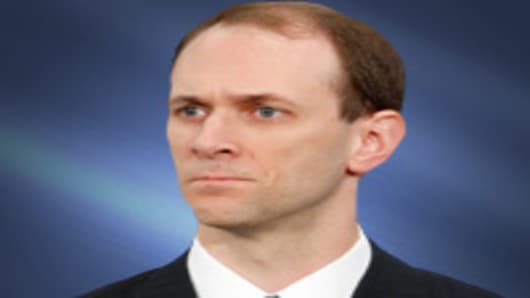A study conducted by Kristopher Gerardi and Paul S. Willen from the Federal Reserve Bank of Boston and Harvey S. Rosen of Princeton, Do Households Benefit from Financial Deregulation and Innovation?The Case of the Mortgage Market (National Bureau of Economic Research Working Paper 12967), shows that the three decades from 1970 to 2000 witnessed an incredible flowering of new types of home loans. These innovations mainly served to give people power to make their own decisions about housing, and they ended up being quite sensible with their newfound access to capital.
These economists followed thousands of people over their lives and examined the evidence for whether mortgage markets have become more efficient over time. Lost in the current discussion about borrowers’ income levels in the subprime market is the fact that someone with a low income now but who stands to earn much more in the future would, in a perfect market, be able to borrow from a bank to buy a house. That is how economists view the efficiency of a capital market: people’s decisions unrestricted by the amount of money they have right now.
And this study shows that measured this way, the mortgage market has become more perfect, not more irresponsible. People tend to make good decisions about their own economic prospects. As Professor Rosen said in an interview, “Our findings suggest that people make sensible housing decisions in that the size of house they buy today relates to their future income, not just their current income and that the innovations in mortgages over 30 years gave many people the opportunity to own a home that they would not have otherwise had, just because they didn’t have enough assets in the bank at the moment they needed the house.”
Let’s break this down in language the rest of us understand. Goolsbee here is defending lending practices such as underwriting interest only adjustable rate mortgages to borrowers without the income to support the higher payments on the basis of people’s expectations that they’ll be wealthier later, and therefore able to afford the mortgage."
This departure from traditional lending standards was making the market “more perfect.”
Let’s just hope he’s changed his mind.
The deeper lesson to be learned here, however, is not that Goolsbee was wrong about mortgage lending. Lots of brilliant people were wrong, in almost exactly the same Goolsbee. (Although not everyone was—check out Tanta of Calculated Risk’s 2007 takedownof this Goolsbee piece, written the very next day!)
The point is that Goolsbee was suffering from the kind of overconfidence we discussed earlier. He believed that the economists studies accurately described reality at a sufficient level to dictate policy. He thought that the studies produced a level of explanatory depth when this was simply an illusion. He lacked the kind of first-hand knowledge that allowed Tanta to understand the dangers of these loans, and he lacked the humility to understand his ignorance.
The most important thing we need to hope Goolsbee learned from his errant venture into mortgage policy is humility, a recognition that financial regulation is fraught with complexity and ignorance, and that policy makers lack the tools to overcome these obstacles.



